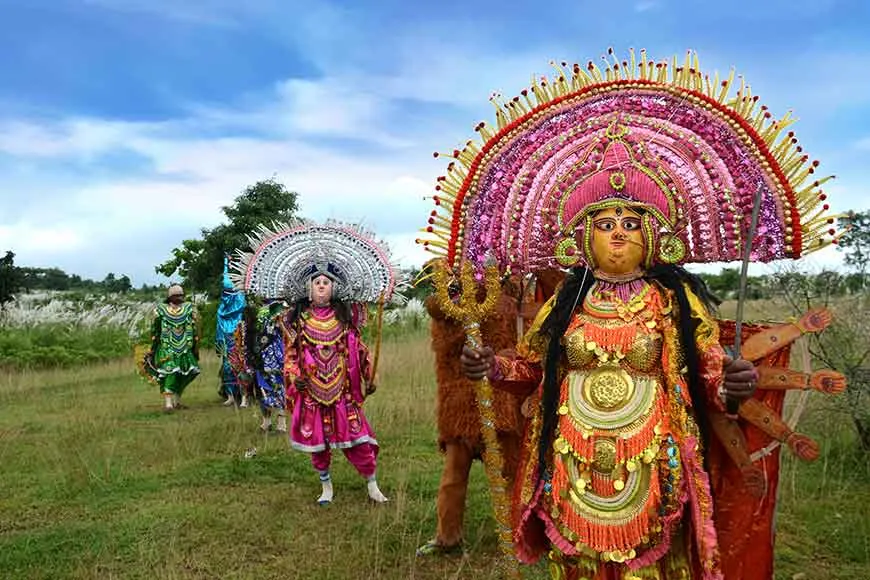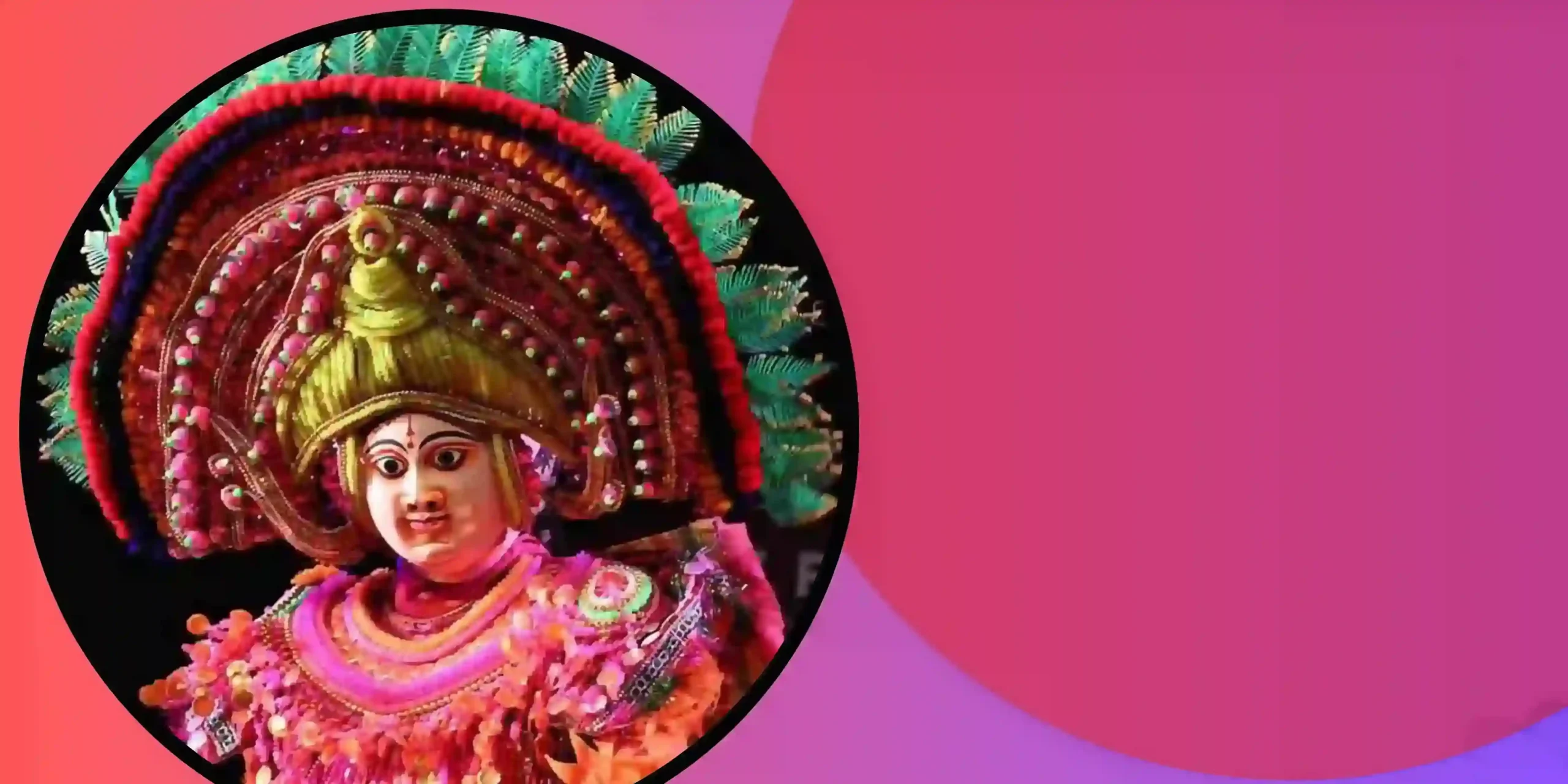Chhau dance
Chhau is a traditional Indian dance form that originated in the eastern state of Jharkhand, but is also practiced in parts of West Bengal and Odisha. The word “chhau” is derived from the Sanskrit word “chhaya,” which means shadow or shade. This dance form is known for its energetic and acrobatic movements, colorful costumes, and use of masks.
History and Origins
The origins of Chhau dance can be traced back to the 18th century, during the reign of the Mughal Emperor Aurangzeb. It is believed to have originated as a martial art form practiced by the soldiers of the region, who performed it to boost their physical strength and agility. Over time, it evolved into a dance form and was performed during various festive occasions, especially during the spring festival of Chaitra Parva.
In 2010,Chhau dance was inscribed in the UNESCO’s Representative List of the Intangible Cultural Heritage of Humanity.
The Dance Form
Chhau dance is performed in three different styles: Seraikella Chhau, Purulia Chhau, and Mayurbhanj Chhau. Each style has its unique features, but all three styles involve vigorous footwork, leaps, and spins, with a lot of emphasis on the use of masks and colorful costumes.
| Chhau Type | Origin |
| Seraikella Chhau | Jharkhand |
| Purulia Chhau | West Bengal |
| Mayurbhanj Chhau | Odisha |



Seraikella Chhau
Seraikella Chhau is the most popular style of Chhau dance and is also the oldest. It originated in Seraikella, a small town in Jharkhand. The dance form involves intricate footwork, fast-paced movements, and the use of masks. The masks used in this style of Chhau dance are made of paper mache and are painted in bright colors. The dancers wear elaborate costumes that are adorned with mirrors and beads.
Purulia Chhau
Purulia Chhau is another popular style of Chhau dance that originated in the Purulia district of West Bengal. This style is known for its use of masks, which are made of clay and are painted in earthy tones. The dance form involves a lot of jumps, spins, and twirls, and the dancers wear bright and colorful costumes.
Mayurbhanj Chhau
Mayurbhanj Chhau is the third style of Chhau dance and is practiced in the Mayurbhanj district of Odisha. This style is known for its acrobatic movements and the use of masks made of wood. The dancers wear traditional costumes that are adorned with tribal motifs and use props such as swords and shields.

Significance
Chhau dance is not just a form of entertainment, but it also has cultural and spiritual significance. The dance form is performed during various festivals and occasions, including weddings, religious ceremonies, and harvest festivals. It is believed that the dance form has the power to ward off evil spirits and bring prosperity and good luck.
The Purulia Chhau mask is registered under Geographical Indications.
In recent years, Chhau dance has gained popularity not just in India but also on the international stage. Several dance troupes from Jharkhand, West Bengal, and Odisha have performed at various festivals and events around the world, showcasing the rich cultural heritage of the region.
Chhau dance is a unique and vibrant dance form that represents the rich cultural heritage of the eastern region of India. With its intricate footwork, acrobatic movements, and colorful costumes, Chhau dance continues to captivate audiences around the world and is a testament to the rich artistic traditions of India.

